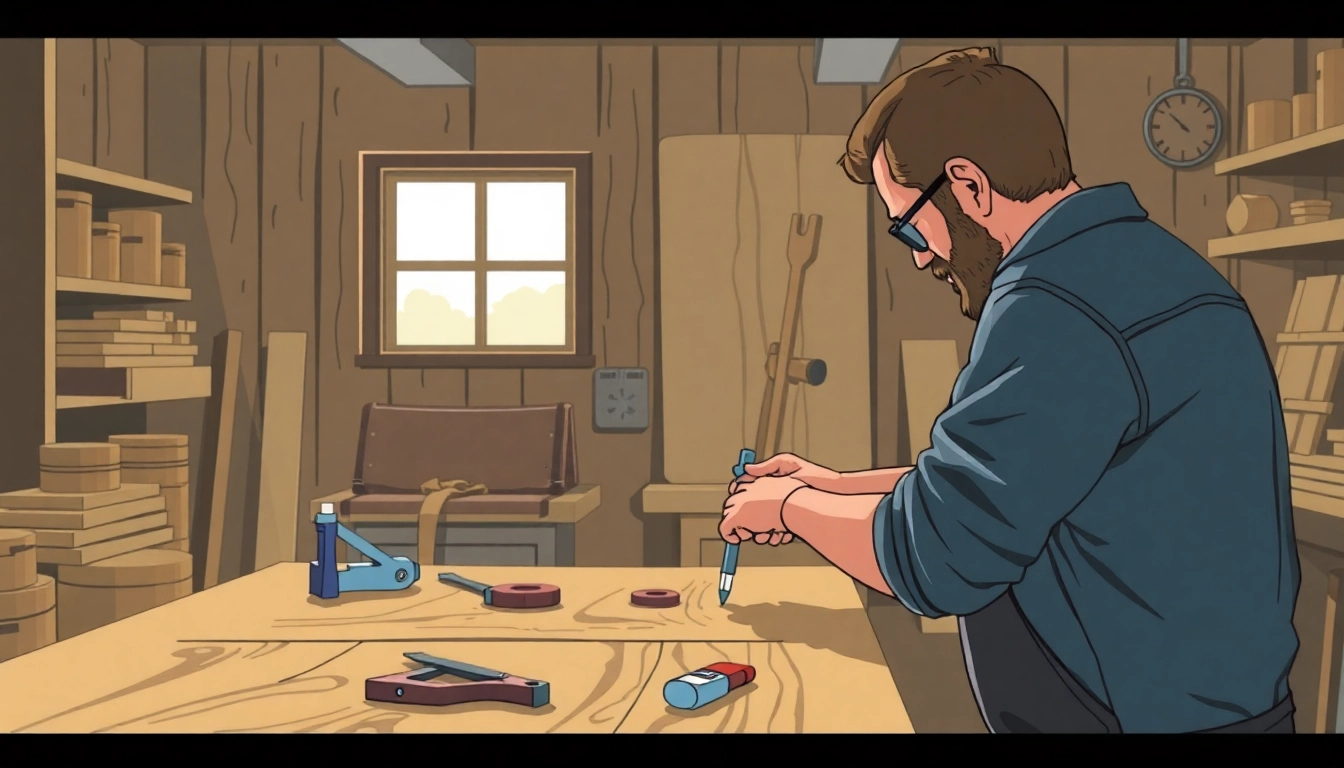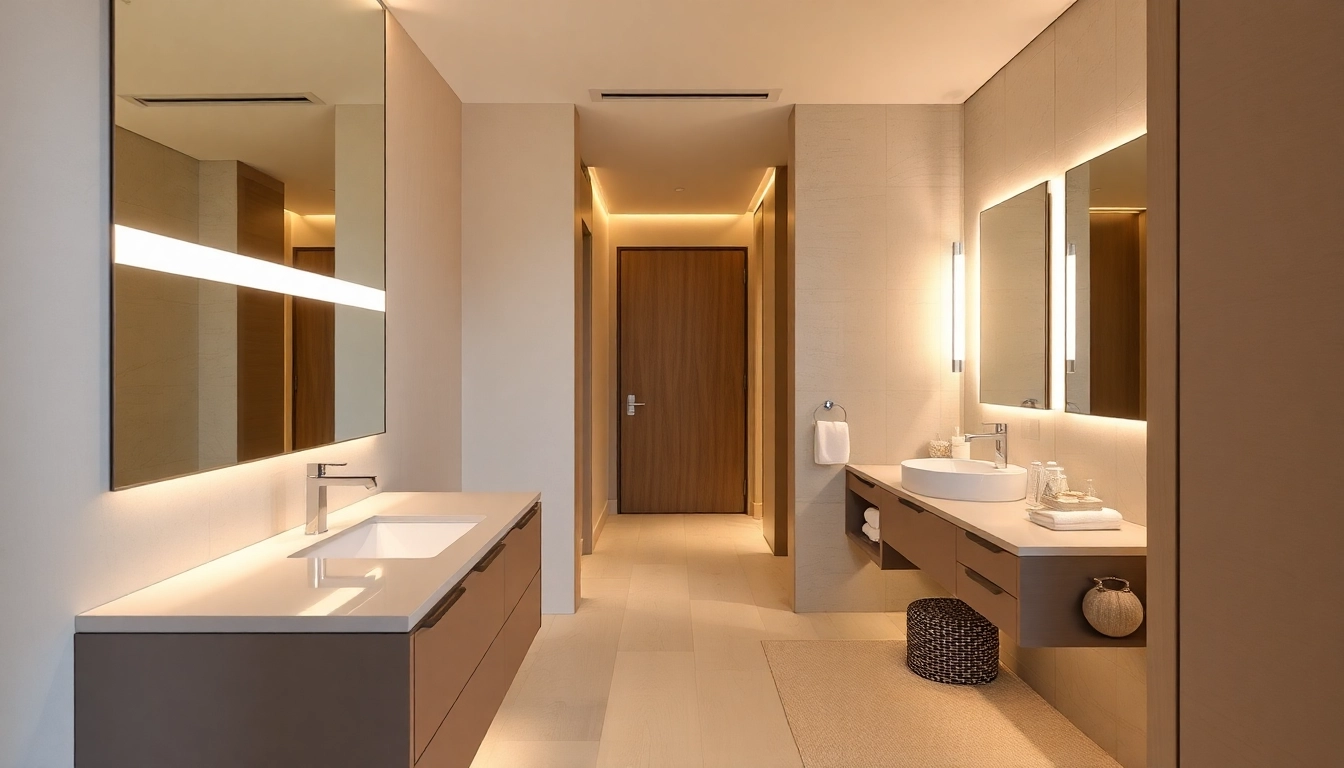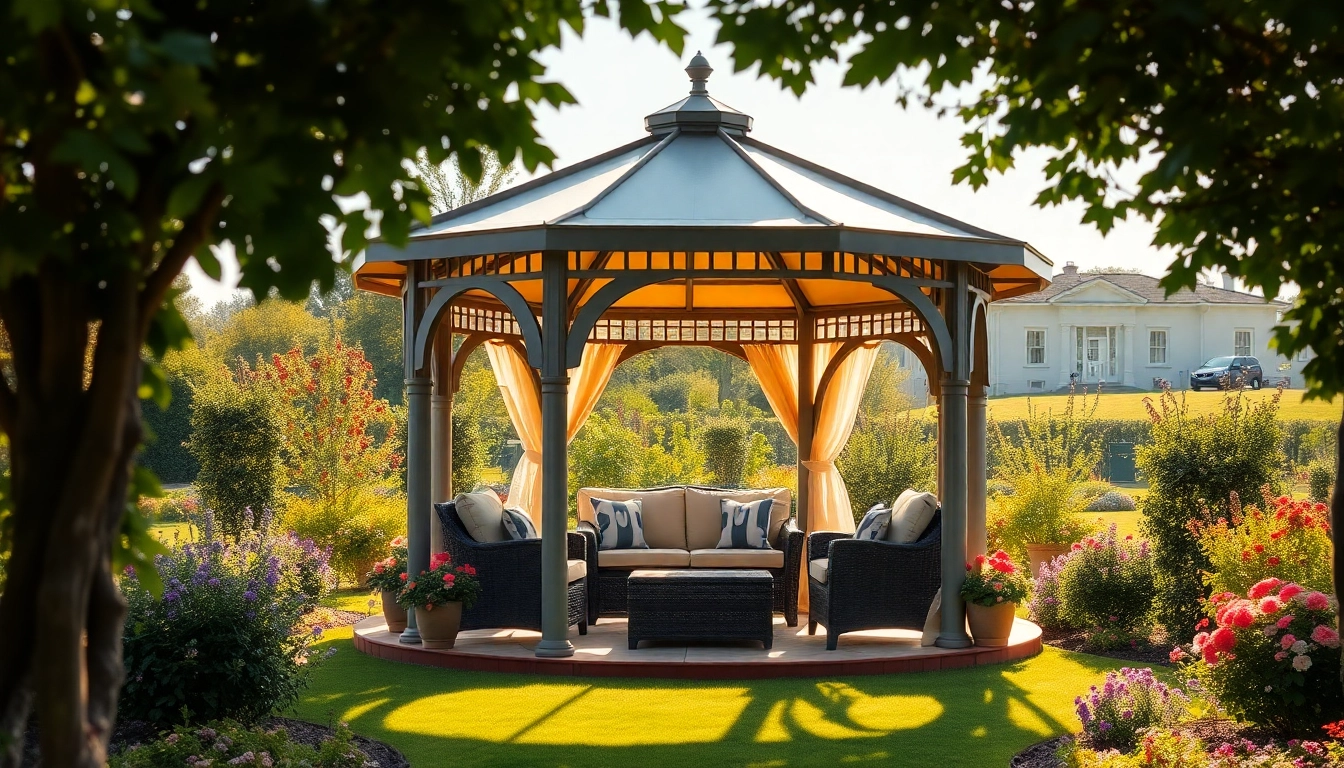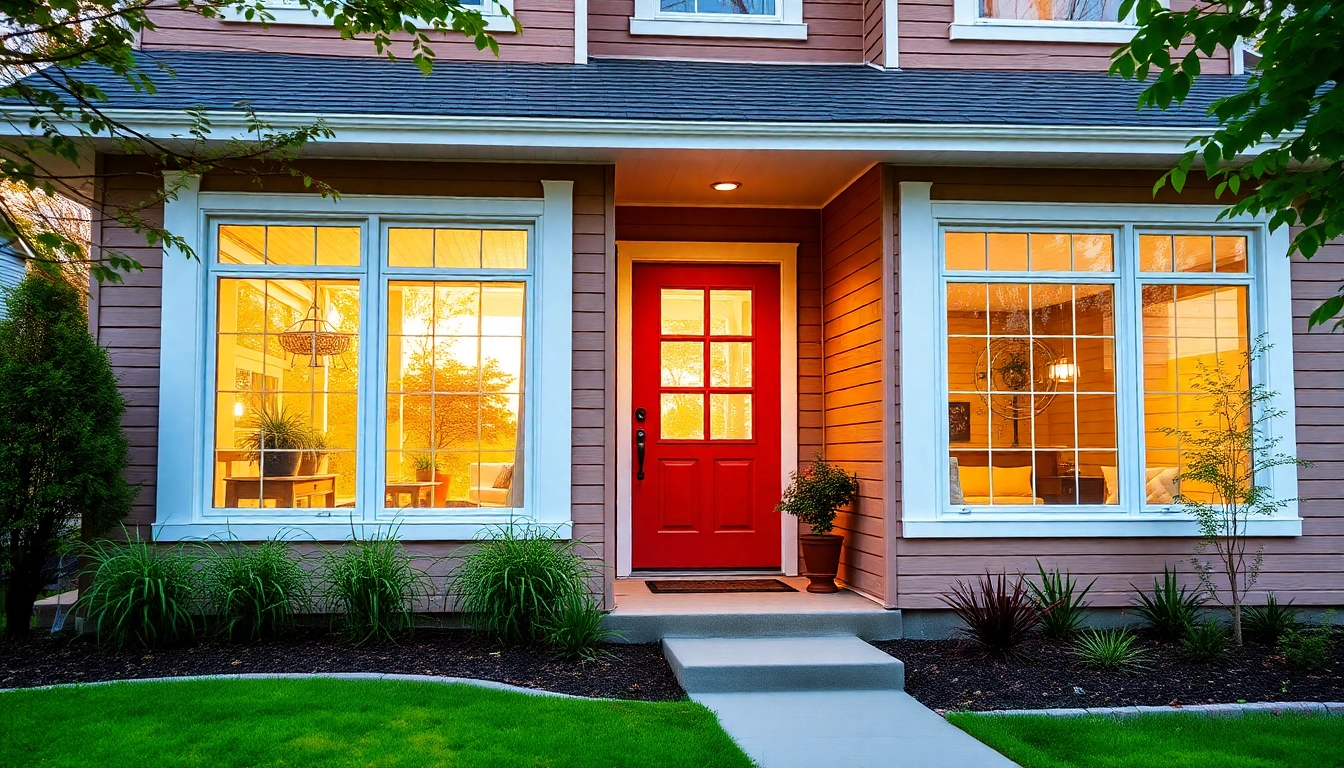Understanding Back Bar Repair
Back bar repair often focuses on addressing the unique and varied issues that arise in the structural and aesthetic components of bars, whether in homes or commercial settings. You might find yourself needing to fix back bars due to deterioration, damage from heavy use, or simply a desire to update the look of your bar area. Back bar repair encompasses a range of repairs for different materials, each requiring distinct approaches and tools.
What is Back Bar Repair?
Back bar repair refers to the restoration and maintenance of bar structures, including wooden backs, metal frames, and shelving units. This area serves both functional and aesthetic purposes, acting as a support for bottles and glassware while contributing to the overall ambiance of the space. Repairing these areas is essential to ensure functionality and safety, particularly in commercial settings where bars undergo significant wear and tear.
Common Issues Faced
There are several common issues that individuals and businesses encounter when it comes to back bar repairs:
- Wood Rot: This often occurs in wooden back bars due to prolonged exposure to moisture.
- Loose Joinery: Over time, joints may weaken, leading to instability in the structure.
- Scratches and Scuffs: Everyday use can lead to surface damage that affects appearance.
- Rust or Corrosion: Metal components can rust, impacting both functionality and appearance.
- Upholstery Damage: If the bar has upholstered elements, tears or wear can detract from visual appeal.
Tools and Materials Needed
Having the right tools and materials is crucial for effective back bar repair. Commonly needed items include:
- Wood glue and clamps for joining wooden components.
- Sandpaper and wood finish for surface refinishing.
- A putty knife and filler for filling gaps and holes.
- Screws and brackets for reinforcing loose joints.
- Metal polish and rust remover for caring for metal parts.
- Upholstery fabric and staples for fixing upholstered areas.
DIY Back Bar Repair Steps
Preparation and Assessment
The first step in any DIY project is thorough preparation. Begin by assessing the damage to your back bar:
- Inspect the Structure: Look for wobbling, loose parts, and signs of rot or rust.
- Take Measurements: Ensure you know the dimensions of the area requiring repair to procure proper materials.
- Gather Your Tools: Ensure all necessary tools are within reach before starting your project.
Repairing Wooden Components
Wooden back bars often face issues such as rot or loose joints. Here’s how to tackle these problems:
- Addressing Wood Rot:
- Identify affected areas and remove any compromised wood.
- Apply wood hardener to strengthen existing wood.
- Fill gaps with wood filler and sand once dry for a smooth finish.
- Reinforcing Joints:
- For loose joints, disassemble the affected areas carefully.
- Clean old glue from the joints and apply fresh wood glue.
- Reconnect and clamp until the glue sets, ensuring the join is secure.
Fixing Metal Parts
For back bars with metal components, common issues include rust and loose fixtures. Follow these steps:
- Rust Treatment:
- Use sandpaper or a wire brush to remove rust from metal surfaces.
- Apply rust-inhibiting primer before repainting or re-polishing.
- Secure Loose Parts:
- Check for loose screws or bolts and tighten as necessary.
- If necessary, replace damaged screws with new ones of appropriate size.
Professional Back Bar Repair Services
When to Seek Professional Help
While many back bar repairs can be done as DIY projects, there are times when it’s best to call in the experts:
- For extensive structural damage that compromises safety.
- When specialized tools or techniques are required.
- If the bar is valuable and requires restoration that respects its integrity.
Choosing the Right Repair Service
Selecting a qualified service provider is essential. Consider the following:
- Experience: Look for professionals with a proven track record in bar repairs.
- Reviews and Reputation: Check customer testimonials and ratings.
- Portfolio: Request to see previous work to assess quality.
Cost Considerations
The cost of back bar repair can vary significantly based on several factors:
- Type and extent of damage.
- Materials required for the repair.
- Labor costs associated with professional services.
Maintenance Tips for Longevity
Regular Inspections
To prevent major repairs, conduct regular inspections of your back bar. Look for signs of wear, address small issues before they escalate, and keep the bar clean and clutter-free.
Cleaning and Care
Proper cleaning can enhance the lifespan of your back bar:
- Use appropriate cleaners for wood and metal to avoid damage.
- Regularly dust and wipe down surfaces to prevent buildup.
Preventive Measures
Consider implementing preventive measures such as:
- Using coasters and mats to protect surfaces from scratches.
- Avoiding excessive moisture around the bar area.
- Regularly checking and tightening fixtures to maintain stability.
Conclusion and Further Resources
Summary of Key Points
In conclusion, understanding the intricacies of back bar repair can empower you to take control of your space. By recognizing common issues, gathering the right tools, and knowing when to seek professional help, you can extend the life and beauty of your bar area. Regular maintenance is equally vital, ensuring longevity and functionality.
Frequently Asked Questions
Here are some common questions regarding back bar repair:
- How often should I inspect my back bar? Regular inspections every six months can help catch issues early.
- Can I repair water damage on my wooden bar? Yes, but it may require replacing the damaged wood and refinishing the area.
- Is professional repair worth the cost? For significant damage, professional repair can save you time and ensure a high-quality finish.
Additional Reading on Bar Maintenance
For those desiring to delve deeper into bar maintenance topics, consider exploring resources on bar design, alternative materials for bar construction, and advanced repair techniques for specific aesthetic styles.



